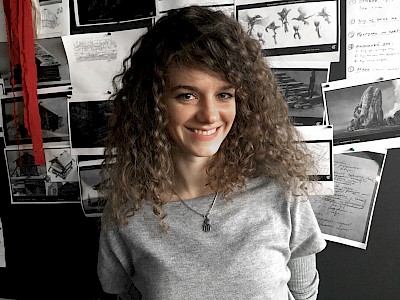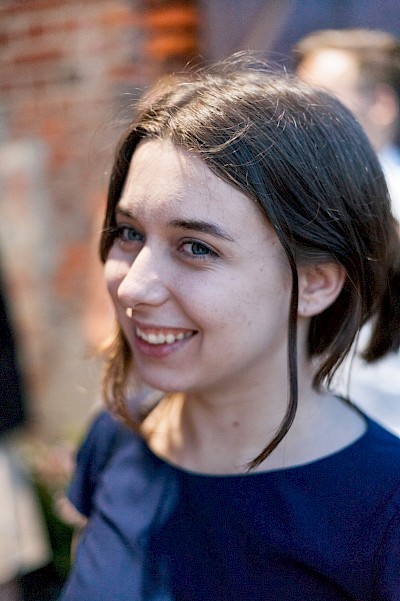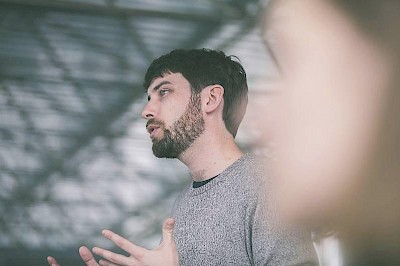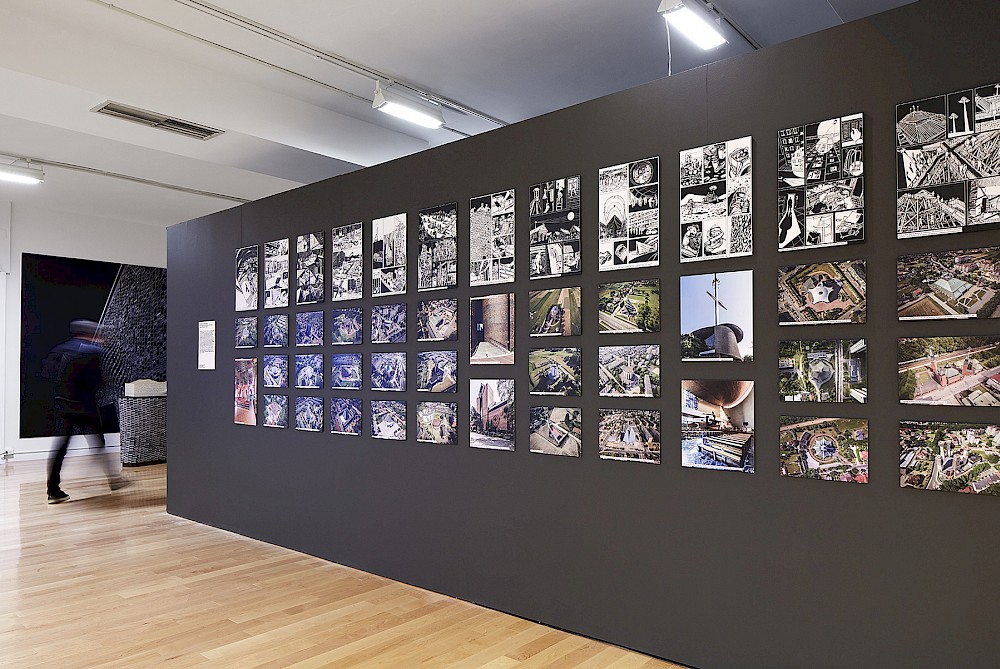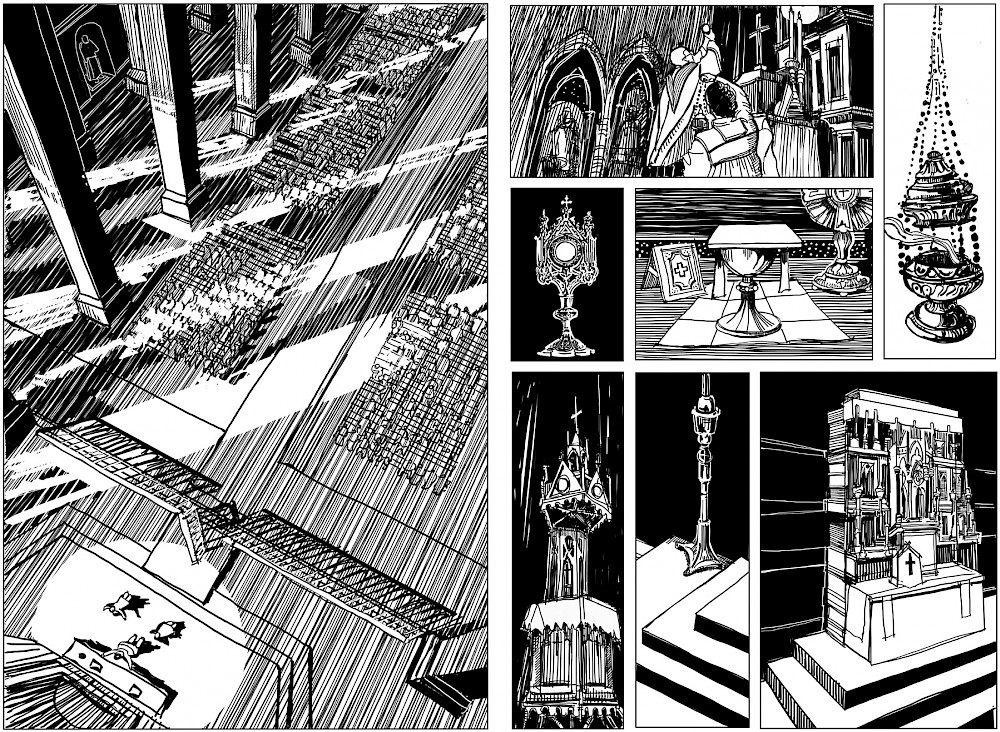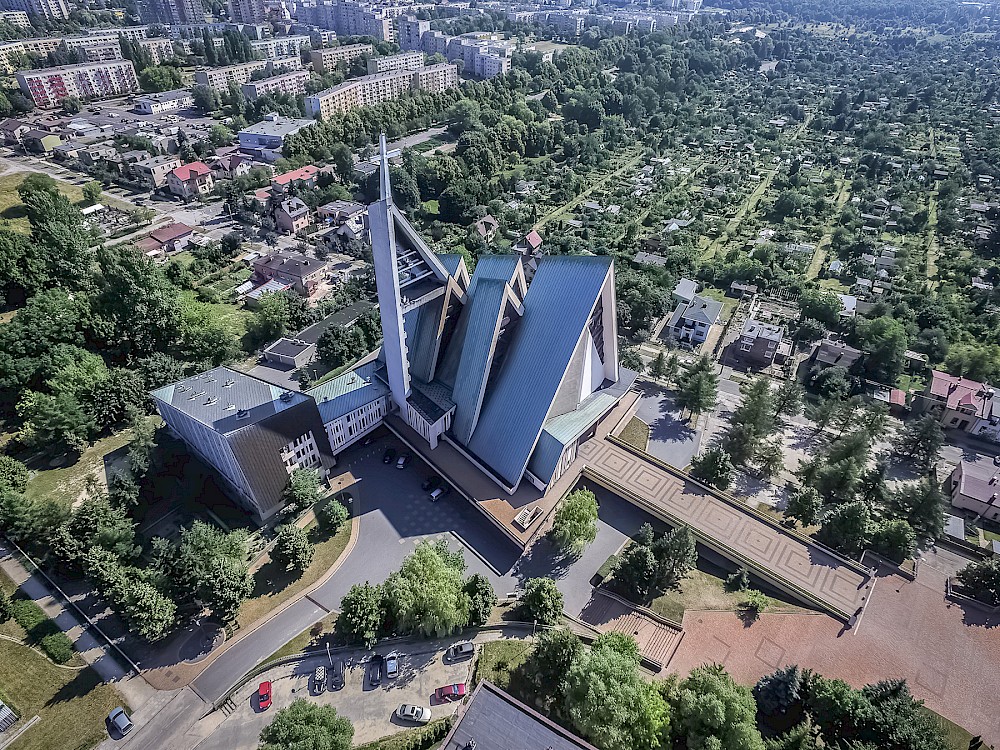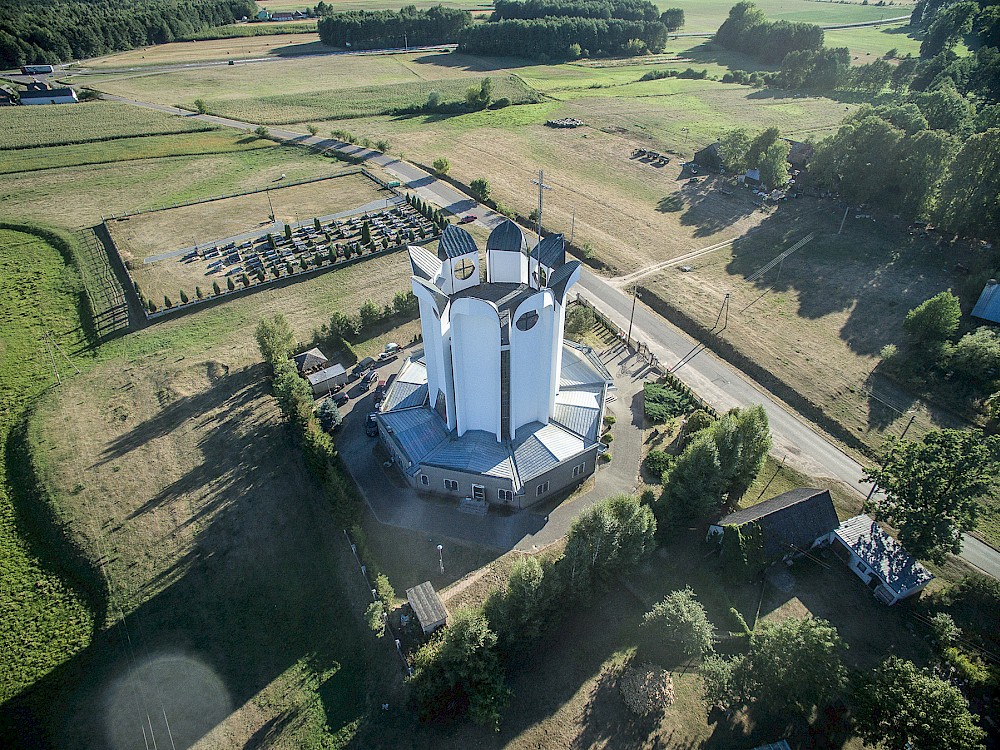BIENNIAL PROJECT
Architecture of the VII Day
Architecture of the VII Day tells the forgotten story of buildings created for communal spirituality in resistance to the Communist government in Poland. Between 1945 and 1989, despite the state’s hostility towards religion, over three thousand Catholic churches were built. Not only expressions of faith, these churches were also forms of protest against the government and its rigid design. Compared to state-sponsored construction, these churches were truly communal architecture. In a process that often lasted decades, the labor of the parishioners was organized by Poland’s finest architects and engineers. By day, these professionals worked in hierarchical, state institutions. By night, and in secret, they set loose their imaginations to create churches resembling supernatural arks for their fellow citizens.
Neither legal nor illegal, the churches were built under circumstances demanding cooperative work to lay the bricks and united thousands. Today, the authors of this project similarly returned to a type of crowdsourcing method; a team of volunteers from across Poland documented thousands of church buildings through photographic documentation, recorded interviews, examined archives, and analyzed church records.
BIO
Izabela Cichońska (Wroclaw, 1986) is an architect, researcher, and art director. She currently works as a production designer for feature films, in collaboration with Bazelevs Film Production company and CGF in Moscow. Previously, she led research projects at Moscow’s Strelka Institute, before which she worked at Pentagram in London. Her master’s of architecture thesis, at Wrocław University of Technology, was awarded Graduation Project of the Year in 2010 by the Polish Association of Architects.
Karolina Popera (Piechowice, 1993) is an architect and researcher, currently pursuing her master's degree in architecture at Wrocław University of Technology. In addition to architectural research and design, she collaborates on numerous projects as a web-developer and front end programmer. In 2015, she was shortlisted in the international REA Competition for her vision of the "future city.”
Kuba Snopek (Wroclaw, 1985) is an urban planner and researcher educated at Wrocław University of Technology and the Strelka Institute in Moscow. He works on architectural, urban planning, and research projects and has collaborated with Rem Koolhaas, Bjarke Ingels, and Justin McGuirk, among others. For five years, he curated and taught programs at the Strelka Institute and taught at the Moscow State Institute of International Relations. His book "Belyayevo Forever," on the preservation of intangible heritage, was published in English, Polish and Russian.
Nicholas Moore (New Haven, 1984) is a builder, designer, and researcher based in Seattle. He previously directed research at the Strelka Institute and has worked in the building trades since 2001. He holds a bachelor’s degree in architectural history from Brown University and a master’s of architecture from RISD.



